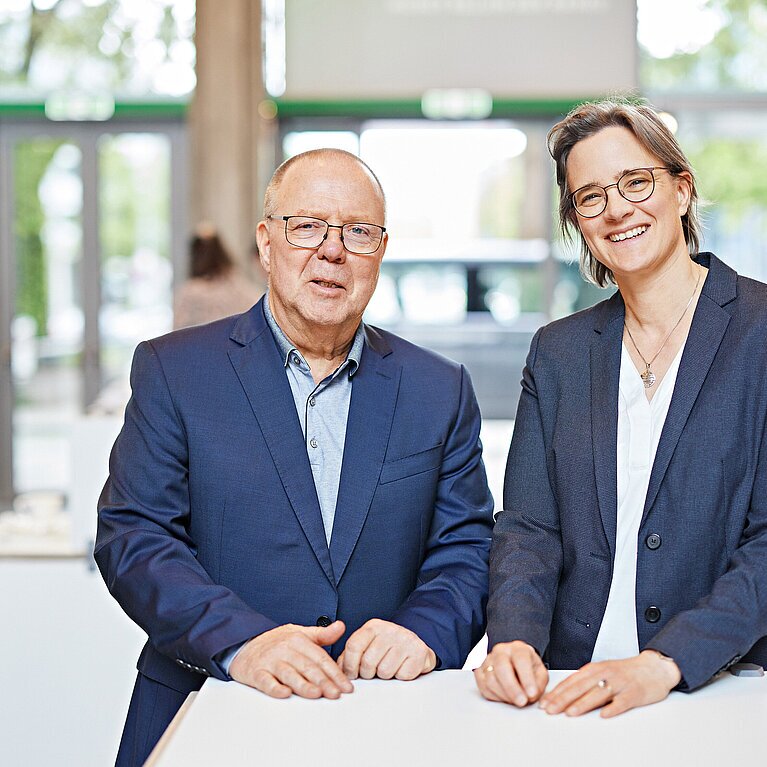

So what actually is universal design, and what direction is it currently taking?
We define universal design as responsible design aimed at advancing diversity in society and fostering accessibility, self-determination and social participation by doing so. Universal design thus has a high level of social relevance.
The German nonprofit organization Universal Design Forum e.V. focuses on human difference. We are convinced that our society’s strength lies in people’s individuality and diversity. Given this, universal design can – and must – be applied throughout all parts of life. Current areas of focus are certainly education and the design of universal workplaces to counteract the skills shortage.
Does universal design have any points of intersection with sustainability?
Universal design takes in both social and ecological sustainability. Products, services and environments that embody universal design ensure that social justice is implemented. Its ecological aspects include longer and more efficient use of, say, buildings that cater to the needs of diverse users.
Products, services and environments that embody universal design ensure that social justice is implemented.
Does universal design use examples from nature as inspiration?
Design that applies the criteria of universal design is often based on nature. Take the hook-and-loop fastenings like the Velcro® brand, for example, which are based on the sticky hooks found on the leaves of certain plants. Those inventions enable people with limited mobility to dress and undress independently. Circadian lighting is another example. Based on the body’s own sleep / wake rhythms, when used in healthcare settings it has been proven to encourage more refreshing sleep for patients and staff and to increase daytime social interaction.
